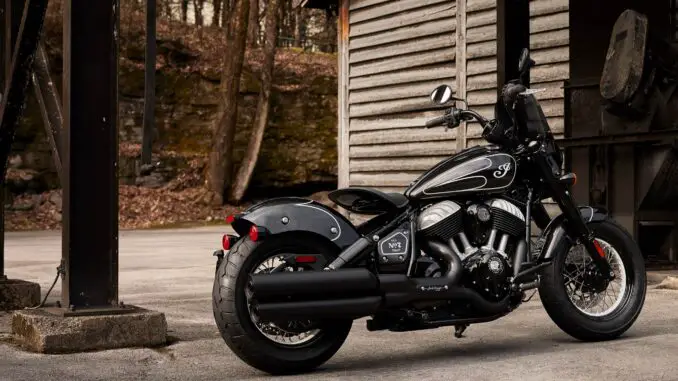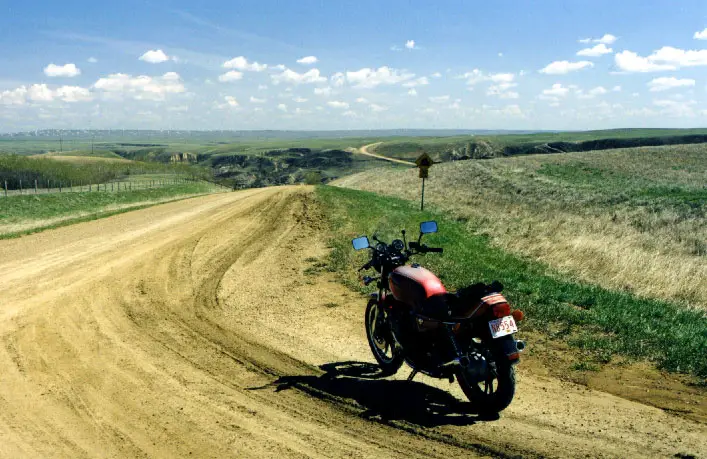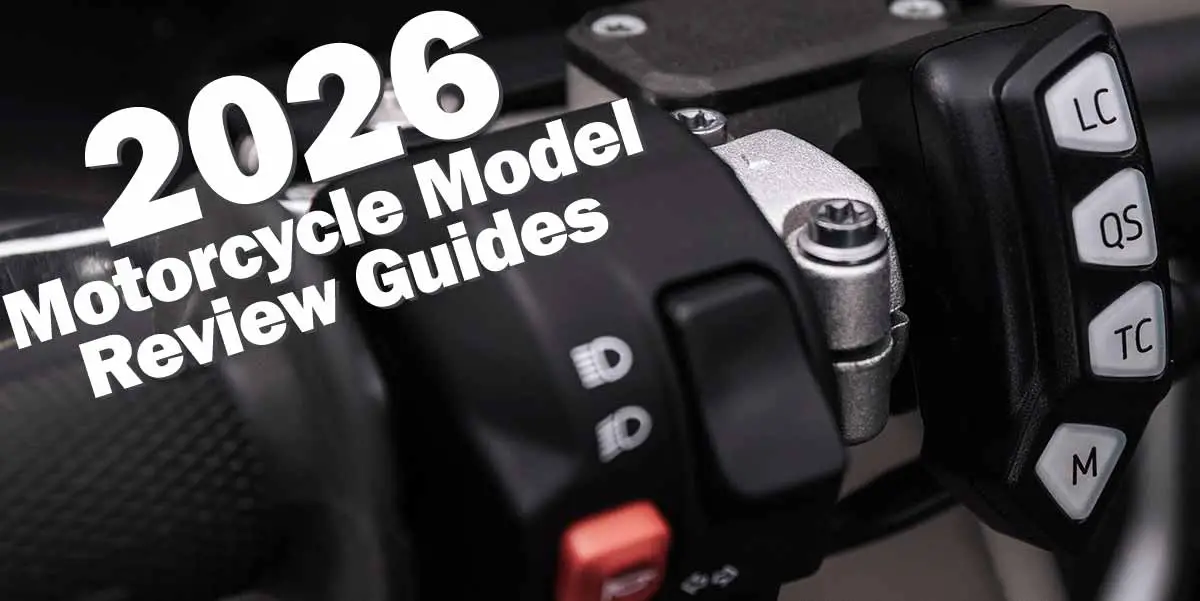
Section 1.5: Motorcycle Insurance
Check with your existing insurance company to see if they cover motorcycles. Not all companies do, and even if they do, they may not offer competitive rates. Always shop around before committing.

Step One: Insurance Agent, Insurance Broker, Insurance Company
This can be confusing if you don’t know the differences:
- Insurance Agents: Employees who represent one or more insurance companies. They know their companies well and may provide good support when it’s time to make a claim, but they may not always offer the lowest price.
- Insurance Brokers: Work with many insurance companies. They can usually find the best prices and may help secure coverage if you’re considered high-risk (due to age, driving record, or motorcycle type). They may not know each company as deeply as an agent.
- Insurance Companies: The businesses that provide insurance policies to agents and brokers. Each company has different rates and risk appetites. Some may insure your motorcycle, while others won’t. Always shop around.

Step Two: Understanding Insurance
Insurance is a necessity to operate a motorcycle legally. Riding without it can result in fines or jail time in many regions.
However, you can choose the level of coverage, from basic liability to full coverage.
Based on experience insuring motorcycles in the USA, Canada, and the UK, here are key factors that affect your insurance costs:
Personal Factors
- Where you live: Urban areas with higher populations usually mean higher premiums due to increased claim likelihood.
- Age:
- Young (under 25): Great reflexes, but little riding experience → higher cost.
- Middle Ground (30–50): Good reflexes and solid experience → best discounts.
- Senior: Lots of experience, but slower reflexes → higher cost again.
License Factors
- Class of license: Full licenses earn better discounts. Learner or graduated licenses cost more.
- Years licensed: More years of riding experience = greater discounts.
Riding/Driving History
- Tickets & Accidents: Both raise costs. The older they are, the less impact they have.
- Rider safety course: Completing one often lowers your premium and can pay for itself.
Insurance History
- Years insured: Longer continuous coverage = discounts.
- Policy cancellations: If your insurance was canceled, expect higher costs.
Motorcycle Information
Make, model, value, engine size, and year all affect your premium. Here’s a general guide:
| Lower Cost | Higher Cost |
|---|---|
| Smaller engine (CC) | Larger engine (CC) |
| Older motorcycle | New or newer motorcycle |
| Cruiser, Standard, Dirt Bike | Sport Bike, Race Replica |
| Japanese or other brands | Harley-Davidson, BMW |
| Low horsepower | High horsepower |
| Non-turbocharged | Turbocharged |

Coverage
Standard Coverage: Liability
Liability insurance provides coverage if someone else is injured, killed, or if their property is damaged
as a result of a motorcycle accident. Accident benefits, uninsured motorist, and family protection may also
be included. This is the most basic insurance package you must carry, but you can add more coverage.
It’s always wise to take the maximum liability coverage you can afford, it’s generally inexpensive and
protects you from potentially massive costs (personal injury claims can easily reach hundreds of thousands of dollars).
Physical Damage Coverages (Optional Add-ons)
- Limitation of Amount Payable: Some insurers cap the maximum payout to either the actual cash value of your bike or the policy limit, whichever is less.
- Fire and Theft Deductible: You agree to pay your full deductible if your motorcycle is written off or not recovered due to fire or theft. Example: with a $2,000 deductible, you pay that amount before replacement.
- Collision Coverage: Pays to repair or replace your motorcycle if damaged in a collision. You choose a deductible (e.g., $500). If damages are $2,000, you pay $500 and insurance covers the rest. Higher deductibles lower your premium.
- Comprehensive / Specified Perils:
- Specified Perils: Covers damage from fire, theft, lightning, windstorm, hail, flood, earthquake, explosion, riot, falling aircraft, or transport accidents.
- Comprehensive: Includes all specified perils plus falling/flying objects, missiles, and vandalism.

Step Three: Online Motorcycle Insurance Quotes
Now that you understand the basics of motorcycle insurance, coverage types, and costs, try out free online
insurance quote tools. Even if you don’t choose one of their offers, experimenting with different models,
years, and makes will give you a sense of how much premiums can vary.
Step Four: Off You Go!
With knowledge of insurance types, coverage options, and cost factors, you’re ready to make informed decisions
and hit the road with confidence. Ride safe and smart!


